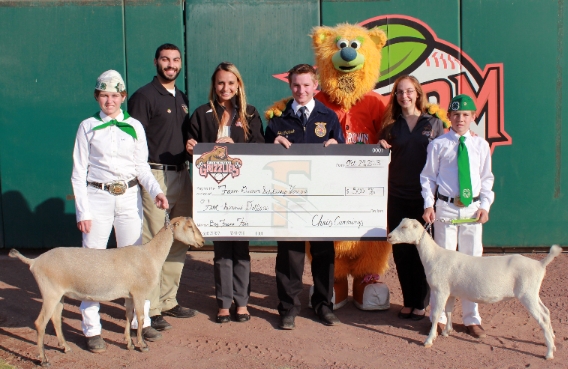Farm Grown Announces Scholarship for HS Seniors
Know an outstanding high school senior?
We want them to apply to Farm Grown Schlarship
In partnership with Gar Tootelian, Inc., the Grizzlies Community Fund is proud to announce the inaugural Gar & Esther Tootelian Charitable Foundation Farm Grown Scholarship. We are pleased to award $1,500 to outstanding high school seniors who will be pursuing a degree in an agriculturally-related field.
The winner will receive $1,000 towards college tuition; an honorable mention finalist will receive $500.
See the Grizzlies Community Fund at website for more information and to download the application (due April 1).


























